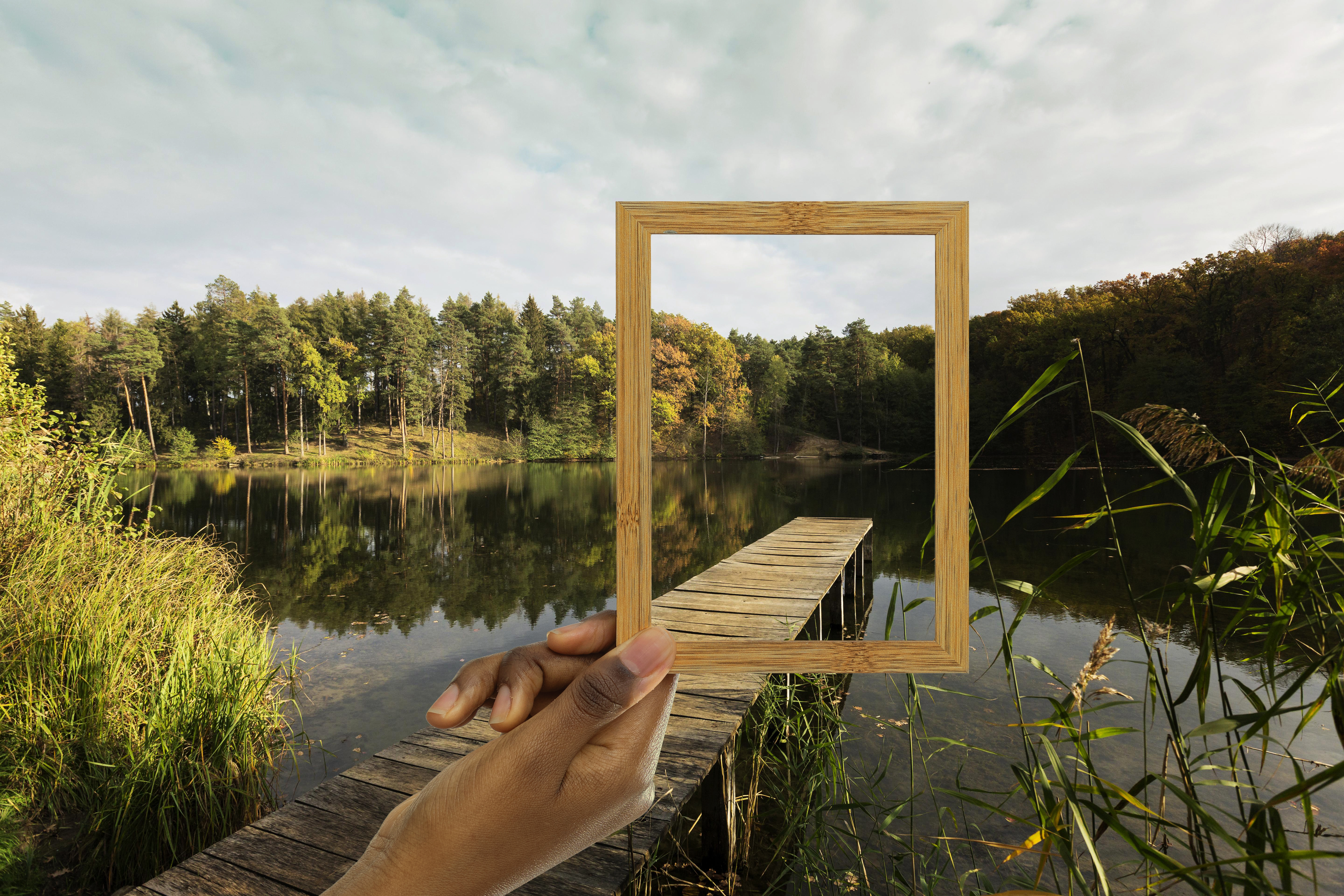A Guide to Create Symmetry in Photography

Strong 8k brings an ultra-HD IPTV experience to your living room and your pocket.
Photography is a process wherein you can flaunt your creativity. And photos look perfect when they are properly aligned with the subject. Here, symmetry plays an important role.
Usually, it gets difficult to manage symmetry in photography. We understand your concern, and that is why we have prepared this write-up for you. It will help you to create symmetry in photography and make them appear all the more beautiful. So, without any further delay, let us dive into this write-up.
What is Symmetry?
Symmetry takes place when the parts of the picture composition mirror other parts of the image. Symmetry is found in every aspect. Be it photographing houses, buildings, or any other element of daily life. In simple words, symmetry helps to make the pictures appear beautiful.
What does Symmetry do to Pictures?
Symmetry is a powerful tool that photographers use so as to create unique compositions in photography. When photographers use symmetry in their photography, it creates a sense of harmony and balance in the pictures.
Why is Symmetry Important in Photographs?
It is a given fact that symmetry creates a sense of balance in the picture, and it is a psychological fact that the brain is looking at something appealing. In addition to this, symmetry in photos is a wonderful aid in terms of understanding the composition of pictures.
Types of Symmetry in Photography
Basically, there are four different types of symmetry in photography. Let us have a closer look at each of them.
Vertical Symmetry
Vertical Symmetry is one of the most common types of symmetry and usually appears in still photography. Moreover, it’s a human tendency that we seek symmetry in every picture we look at.
This is the type of symmetry that involves the equal value of the composition of each side of your line. Along with this, you also have the flexibility to let go of the rule of thirds.
For instance, while standing in front of a building and you are planning to click it, then opt for wide-angle angles. There should be equal amounts of buildings on either side of the picture.
An example of vertical symmetry is macro photography. Applying vertical symmetry is one of the best macro photography tips. It gives out a close view of the subject, resulting in beautifying the image.
Horizontal Symmetry
Horizontal symmetry is the process that goes along with vertical symmetry. Here, one imaginary line runs through the center of the frame instead of moving vertically.
The common usage of horizontal symmetry is seen in landscape photography. The reflection caused by the scenic beauty creates balance in the frame. Landscape photography is the perfect way to try out symmetry in photography. Although it is not limited to landscape pictures. You can even try other elements of photography, as you do not have to limit your creativity.
Radical Symmetry
The third type of symmetry is radical. Radical symmetry is completely different from that of vertical and horizontal symmetry. The reason is radical symmetry does not involve splitting the frame.
In this, the main aspect of radical symmetry is to create a composition that occupies the entire frame. It especially appears in photos where ripples outwardly radiate in water.
Reflective Symmetry
Just as the name goes by, reflective symmetry is the composition technique that is used to create symmetry in pictures using mirror-type reflection. It enhances the beauty of the pictures.
Tips to Use Symmetry Photography
Symmetry in photography is surely worth giving a try. Here are some tips that you can use for symmetry in photography.
Tip 1: Go for Reflections
Reflections are quite common. They are available in oceans, lakes, etc. Such water bodies are used to add effect to the pictures. And water is the perfect medium to create reflections.
Apart from water, there are other types of reflections that you can use creatively. They are reflections in mirrors, sunglasses, or even shiny cars that are used as a substitute for water reflection. The main advantage of using these substitute reflections is that they give the photographers the opportunity to align the symmetry axis in the picture.
Tip 2: Artificial Symmetry
There is a great number of symmetry found in our mother nature. However, it is quite easy to create it artificially as well. There are some reliable applications that digitally mirror a portion of a picture to make them appear attractive using abstract effects.
Tip 3: Partial Symmetry
One of the best symmetry ideas is to break the symmetry from the pictures. Image a villa with a staircase in symmetry, wherein the rows of stairs are going left and right. It creates a beautiful scene portraying in the picture.
When the picture appears on one side, that way, perfect symmetry is broken. However, this way, the viewer’s focus is drawn toward the symmetry.
Another way to break the symmetry is to only in the part of the picture. For instance, you can use symmetrical elements on either side of the composition of your picture so as to draw attention to it. Or you can even try to draw the focus towards the blandness of the opposite side.
Conclusion
Now, you got a clear understanding of how to include symmetry in your photography. Balance and symmetry in photography are the basic tools that are used to enhance the beauty of the pictures.
However, achieving symmetry in photography is a difficult task to master. But this guide surely would have helped you. Apart from symmetry, do not forget to edit the pictures. So, get in touch with a reliable company that is known for offering top-quality image retouching services to make the pictures appear flawless.
Note: IndiBlogHub features both user-submitted and editorial content. We do not verify third-party contributions. Read our Disclaimer and Privacy Policyfor details.


